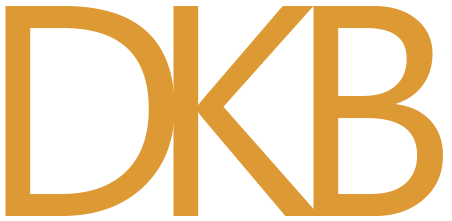The Speaker's Best Friend
I’ve learned much from Lily Walter’s “What to Say When…You’re Dying on the Platform” but my biggest takeaway is what I’ve started calling The Speaker’s Best Friend: “Let’s break up into groups of two or three and…” It works for just about any mild crisis:
- PowerPoint stops working? “Let’s break up into groups of two or three and discuss that last point”
- Microphone stops working? “While we get this fixed, let’s break up into groups of two or three and brainstorm 3 ideas for applying [last point made]”
- After lunch session is putting everyone into a coma? “Let’s break up into groups of two or three and find a good story that illustrates this point.”
- Loud noises happening outside the lecture hall? “Let’s break up into groups of two or three and [whatever. You just need enough time to step outside and solve the problem.”
- Medical emergency? “Okay, while the staff helps him out, let’s break up into groups of two or three and pray for our brother…”
- Discover your fly is open? “Let’s break up into groups of two or three and [just about anything to get people to stop looking at you will do].”
This one-liner instruction will save you from any crisis or any curse. It is absolutely my speaking parachute and I have one hand on the ripcord during every presentation.
I’ve seen so many speakers freeze when something goes awry. This makes sense: they suddenly have conflicting obligations. They’re role is to occupy the audience but the situation requires them to occupy something else. In this moment, the speaker feels trapped on the stage. That feeling isn’t wrong, but it is unnecessary.
When you’re on stage, you’re in charge. During a mild crisis, all that needs to happen is to get the audience occupied by something other than the speaker so the speaker is free to do whatever the situation requires.
When we say, “break up into groups of two three” we’re instructing the audience to occupy themselves. It’s a great stalling tactic that will give you 5-10 minutes.
I should mention that this is much better than, “Let’s take a quick break.” I’ll grant that calling for a break is better than standing there like a deer in the headlights. Breaks are fantastic. Audiences love them. But breaks release the audience from control. If there’s a mild crisis, they’ll just focus on the crisis you’re trying to resolve which means they’re still watching you –exactly what we don’t want them to do
If you’re on stage and need people to stop looking at you, the surest, most effective way is to have them focus on each other. All you need to do to accomplish that is a simple, “Let’s break up into groups of two or three and…” and you’re off.
That said, if the problem is going to persist for longer than the 15 minutes, your absence will become conspicuous and distracting. At that point, it’s best to finish the activity and then go for a break. But there’s no need to conceded to the interruption without first trying to resolve it behind the scenes. And that’s where The Speaker’s Best Friend comes in.
The Speaker’s Best Friend: It works every time.
Also, the Walter’s book is a good skim and definitely taught me a lot about practically managing my stage time.

Member discussion